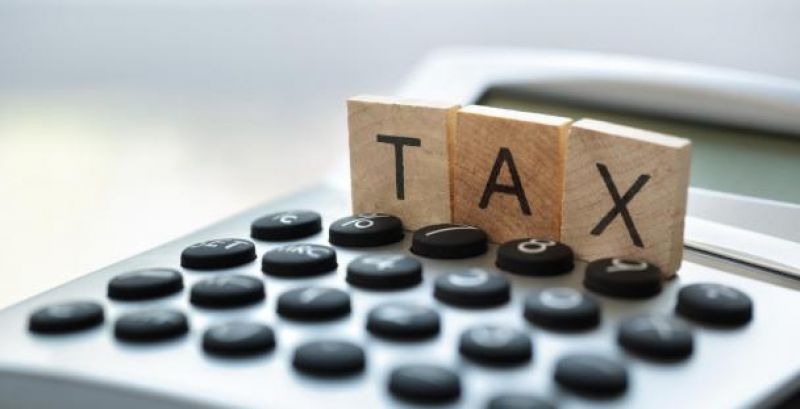info@taxadvocateindia.com 9810077152
27 Jan 2018

The E-way bill under the Central goods and services tax rules, 2017 is covered under rule 138. However, no such rule was framed when the tax rules came into effect from 01.07.2017. The E-way bill rules were then framed by the central government vide notification no. 27/2017- central tax dated 30.08.2017.
Rule 138 was revised and rule 138A and 138D were inserted.
Rule 138 deals with the generation of information prior to the commencement of movement of goods and e-way bill generation.
Rule 138A deals with the documents that need to be carried by the person-in-charge of the conveyance
Rule 138B describes the procedure that needs to be followed for verification of documents and conveyance.
Rule 138C deals with inspection and verification of the goods
Rule 138D provides for the uploading of information regarding the declaration of the vehicle.
The following forms are prescribed for the same purpose:
E-way Bill
E-way bill is an electronic document that conveys the movement of goods through the portal. It contains two parts, Part A deals with the details of GSTIN of the recipient, place of delivery of goods, date, invoice and challan number, the value of the goods, HSG code, and reasons for the transportation along with the transport document number. Part B deals with the details of transporter such as the vehicle number.
Any registered person whose consignment on the movement of goods exceeds Rs. 50,000/- needs to produce such information specified in part A of the e-way bill.
Objectives
The various objectives of E-way bill are:
Benefits
The various benefits of the e-way bill are:
Features
The various features of the E-way bill portal are:
Registration
The e-way bill can be used by the GST taxpayers by registering through the GSTIN numbers. For unregistered transporters and businesses, they can enroll for e-way bill system through their PAN card number or Aadhar.
Modes of generation
The various modes of generation of the e-way bill are:
System of e-way bills in States
The various stages rolled out in the states for the generation of the e-way bill are:
The following four states have already adopted the e-way bill system and together are known to generate about 1.4 lakhs of the e-way bill in a day. These states are Uttarakhand, Rajasthan, Sikkim, Karnataka, and Kerala.
In Uttarakhand, the e-way bill system came into effect from 01.01.2018
In Rajasthan, the e-way bill system came into effect from 20.12.2017
In Karnataka, the e-way bill system came into effect from 06.09.2017
These states have adopted the following mode of bill generation:
Need Help?Contact Us
All rights reserved
